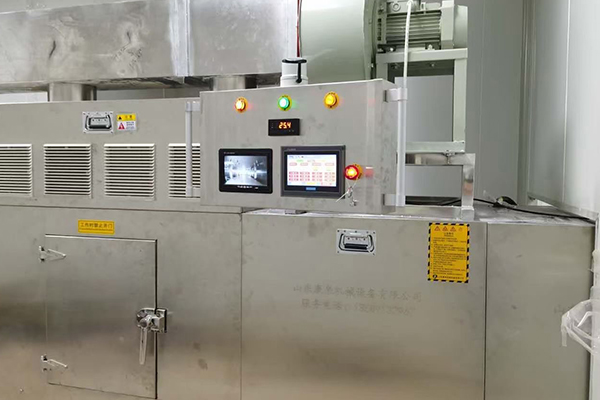
Ultraviolet is a kind of light wave invisible to the naked eye, which exists outside the ultraviolet end of the spectrum, so it is called ultraviolet. Ultraviolet ray is one of the electromagnetic waves radiated by the sun. It is a special form of material operation, which is a flow of particles that are not connected. Each UV photon with a wavelength of 253.7 nm has an energy of 4.9 eV. When ultraviolet rays irradiate microorganisms, energy transfer and accumulation will occur, and the accumulation results in the inactivation of microorganisms, thus achieving the purpose of disinfection. When bacteria and viruses absorb more than 3600~65000uW/cm2, it has a strong destructive power on DNA and RNA of bacteria and viruses, and can make bacteria and viruses lose their viability and fecundity, thus eliminating bacteria and viruses, production Aquaculture sterilization equipment Achieve disinfection and sterilization effect. On the one hand, ultraviolet light can mutate nucleic acids, hinder their replication, transcriptional blockade and protein synthesis; On the other hand, the production of free radicals can cause photoionization, which will lead to cell death. Aquaculture sterilization equipment programme The sterilization principle of the microwave ultraviolet water treatment equipment is to use the irradiation intensity of the ultraviolet lamp, that is, the irradiation intensity emitted by the ultraviolet sterilization lamp, which is inversely proportional to the distance of the irradiated disinfectant. When the irradiation intensity is constant, the longer the residence time of the irradiated disinfectant is, the closer it is to the sterilization lamp tube, the better the sterilization effect will be. On the contrary, the worse the sterilization effect will be. This equipment can be used in direct drinking water equipment to obtain good water purification effect.
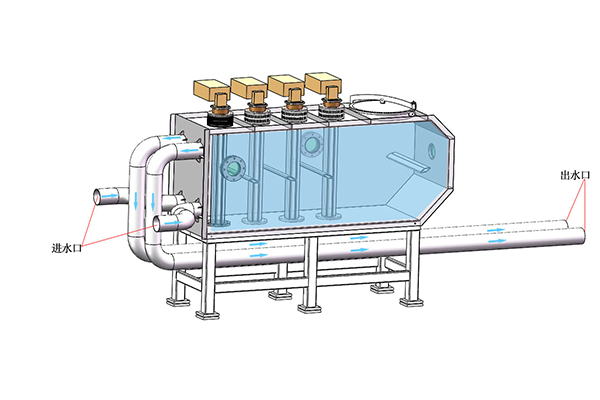
UV disinfection is an efficient, non organic chemical way to prevent mildew, production Aquaculture sterilization equipment The maintenance is low-cost and pollution-free. As a purely physical disinfection method, the microwave electrodeless ultraviolet sterilization equipment can not only reasonably remove most of the microbial strains in the water. Moreover, it is not easy to cause all disinfection and combustion products, thus ensuring that the level of microbial strains in tap water points is within the required product quality standards, Aquaculture sterilization equipment programme The microwave electrodeless ultraviolet sterilization equipment has the advantages of simplicity, convenience, broad-spectrum, high efficiency, pollution-free, convenient management and automation technology.
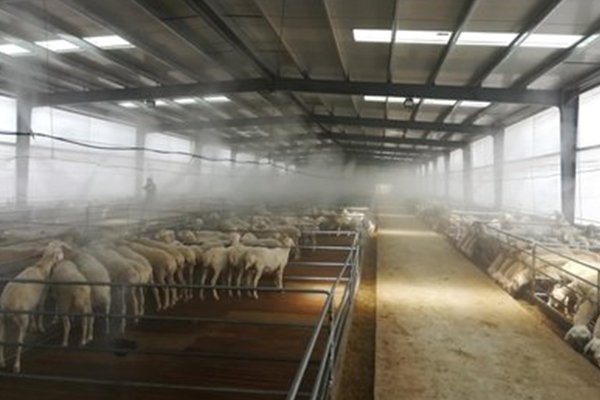
Ultraviolet disinfection belongs to physical instant disinfection technology, which can keep sterile under the condition that the water body is not polluted. When the treated water leaves the disinfection reactor, production Aquaculture sterilization equipment Some microorganisms killed by ultraviolet light will repair damaged molecules and regenerate bacteria under visible light irradiation, which is called light reactivation. Aquaculture sterilization equipment programme Some bacteria can also repair themselves under the condition of no light, that is, dark reactivation. According to the current research results, photoreactivation is the main way of most microbial remediation and also the main control target.
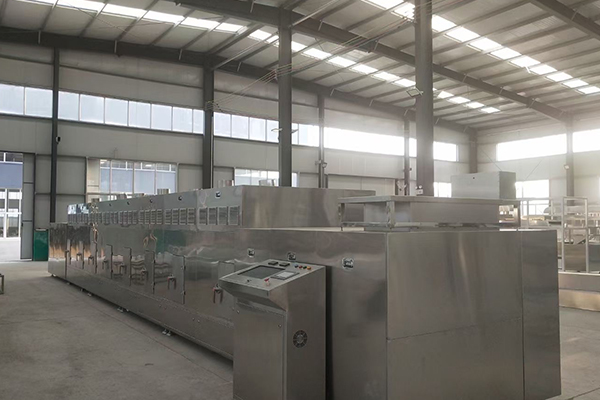
The microwave ultraviolet water treatment equipment has many advantages, such as good light conditions, low energy consumption, thorough sterilization, and flexible installation of equipment. Not only that, the beautiful appearance also attracts many manufacturers to buy. Aquaculture sterilization equipment programme Ultraviolet germicidal lamp should pay attention to the decline of the irradiation intensity of the lamp tube. After using it for a period of time, we still use the fluorescent lamp concept to evaluate the lamp tube, and judge the invisible light intensity by the intensity of the visible light. This method is prone to errors, production Aquaculture sterilization equipment So as to affect the sterilization effect.
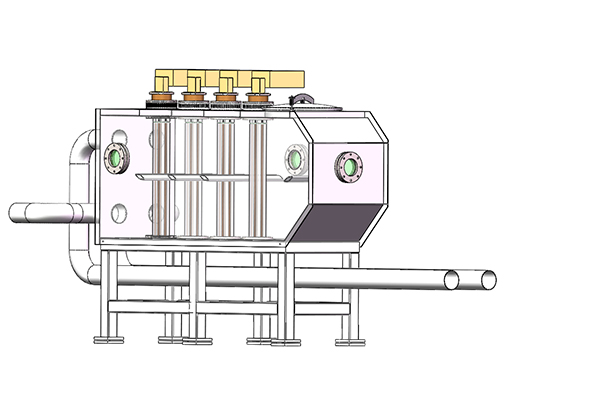
Microwave ultraviolet water treatment equipment is widely used because of its great effect in treating direct drinking water. Drinking water is not to supplement trace elements, but to supplement water. production Aquaculture sterilization equipment The intake of trace elements can be obtained from fruits, vegetables and meat. What are the principles for selecting microwave and ultraviolet water treatment equipment? Whether different processes and technologies are used, the sleep after treatment shall meet the specified drinking water standards. Aquaculture sterilization equipment programme Principle of technical safety and reliability: Although there are many kinds of microwave and ultraviolet water treatment equipment at present, it is still necessary to choose from many equipment and technical theories to select safe and reliable microwave and ultraviolet water treatment equipment with advanced technology.
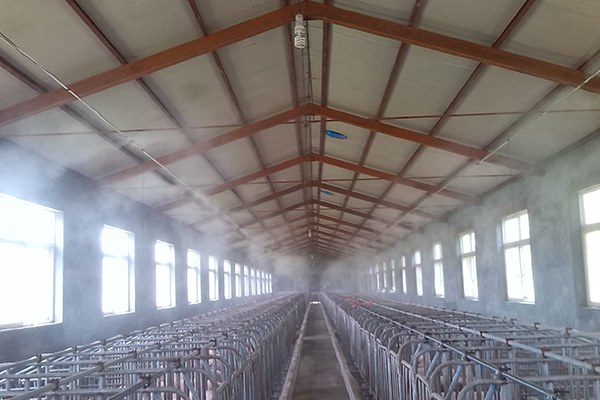
To solve the problem of light reactivation: open the channel to realize underground water outflow, to avoid or reduce the visibility of treated water before entering the pipeline. At the same time, use a dark container containing a sample of test water, production Aquaculture sterilization equipment It shall be sent for inspection in time to avoid factors such as storage conditions or test time affecting the test results. Improve the light transmittance: adjust the front-end treatment process to reduce the SS mass concentration of water in the UV disinfection device, Aquaculture sterilization equipment programme The ultraviolet disinfection I was adjusted to ozone decolorization, which reduced the chromaticity of the influent water to ensure that SS was controlled below 10 mg/L; The front-end technology has been adjusted to strictly control the consumption of PAM and other chemicals, and a defoaming device has been installed at the water inlet of the external disinfection device to reduce the foam content in the water body and increase the light transmittance of the water body.





